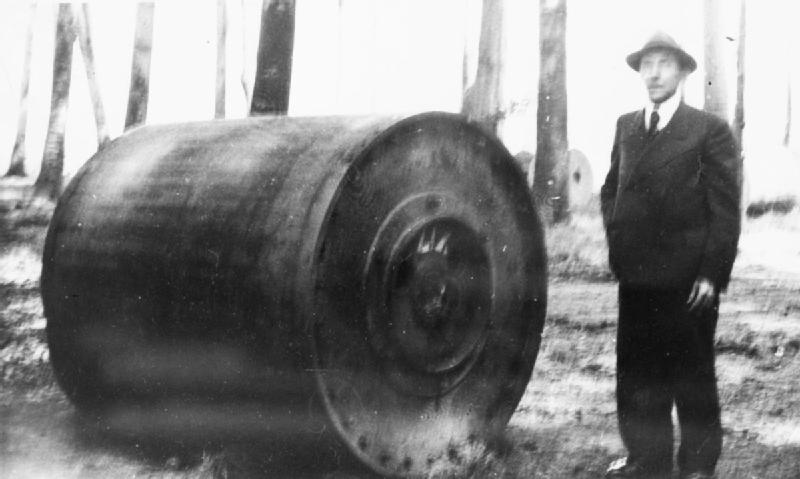jennyann
Gone but not forgotten. R.I.P.
Hi Viv: The damage done in the Dam Buster's raid was surveyed almost immediately it seems: https://en.wikipedia.org/wiki/Operation_Chastise
Bomb Assessment is mentioned on here. The Germans also did assessment almost immediately and Albert Speer, German Armament Minister
sent a report to Adolf Hitler on what had happened to the dams. Link here: https://secretscotland.wordpress.com/2013/05/17/after-the-dambusters-raid/
There is so much information about the Dam Busters raid all over the Internet. Don't know of any Birmingham connections though there may be some.
Bomb Assessment is mentioned on here. The Germans also did assessment almost immediately and Albert Speer, German Armament Minister
sent a report to Adolf Hitler on what had happened to the dams. Link here: https://secretscotland.wordpress.com/2013/05/17/after-the-dambusters-raid/
There is so much information about the Dam Busters raid all over the Internet. Don't know of any Birmingham connections though there may be some.

